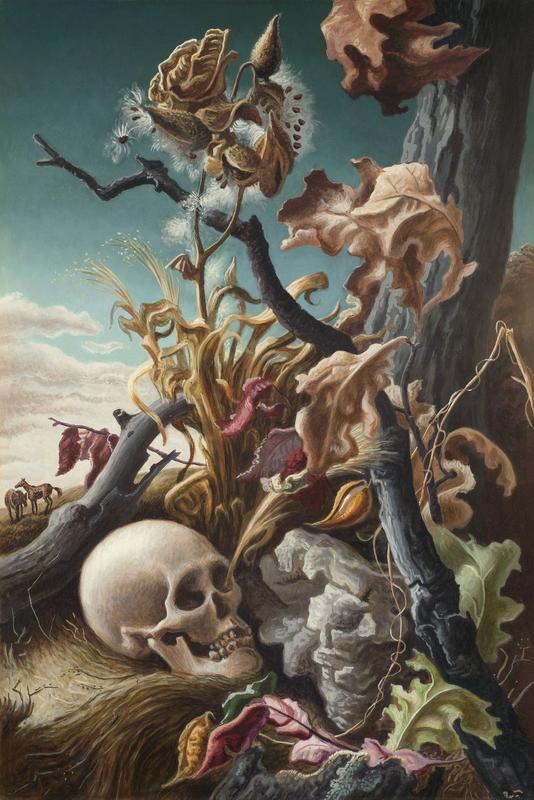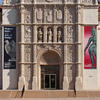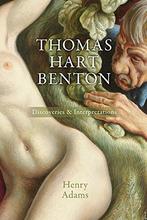If the skull, title, and general dark vibe of this painting makes you cringe, don’t worry, that means you have good taste.
However, unlike that one weird guy from your hometown that you are still somehow facebook friends with, Thomas Hart Benton has justification for creating art with this sort of grit.
After a period working in New York, Thomas Hart Benton returned to the midwest and took up painting scenes that depicted the lives and struggles of depression era Americans, and he did this is in the most romantic way possible. In 1925 Benton started simply roaming the midwest, finding and sketching everything from coal mines to folk musicians like Burl Ives, and he kept this up for about ten years. Through this journey he became one of America’s greatest regionalists, second only to maybe Grant Wood.
However, while plenty of people admired his work (including President Harry Truman), it seems that very few of his peers gave him the respect he deserved. He was caught in a sort of a catch twenty-two. The midwesterners whom he painted felt that he was a bit of a radical modernist, and his style had no business depicting everyday America. Meanwhile, on the other end of things, the more progressive art world thought that he wasn’t modernist enough, and that his work was actually a failed attempt at being abstract.
This picture was made in 1940, well after Thomas Hart Benton’s hey-day and tragically on the cusp of the fall of regionalism. The Nazis had started using the same elements in their propaganda, and as a result the entire school fell, justifiably, out of style, giving way to Abstract Expressionism. Benton would work until the day he died, but after WWII both he and his preferred subject matter would gradually become something that primarily belonged in the history books.
After Many Days is far from Benton’s most popular work, and arguably the piece is nothing more than a glib expression of self-awareness for Benton’s waning relivency. However, even if this work is nothing more than one big dramatic sigh out of an old artist, we should still step back and respect it. Benton has earned at least that.
















I like this art work because of the historical meaning behind it and the skull represents the death that had to happen to take the land.